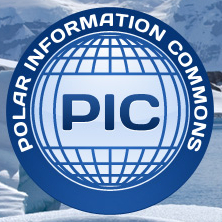Full description
[from Research Group/Research Activities: Terrestrial Biology, "http://www.nipr.ac.jp/english/"] Y. Ohyama, H. Kanda, S. Imura This group promotes taxonomical, ecological and physiological studies of plants and animals in ice-free areas near Syowa Station. Since the international program BIOTAS (Biological Investigation of Terrestrial Antarctic Systems) was initiated in 1986 by SCAR, comprehensive studies on the structure and function of Antarctic terrestrial ecosystems have been carried out in the Yukidori Valley, Langhovde, with special emphasis on mosses, lichens, freshwater algae and invertebrates. Soil microorganisms and vegetation in the valley are monitored in relation to temporal and long-term changes in the local and global environment, using open-top chambers installed in moss colonies. The origin and colonization processes of flora and fauna are studied to learn about the ecosystems in harsh polar environments. Taxonomical and reproductive studies of such main elements of the ecosystem as algae, mosses, lichens and invertebrates are carried out. Taxonomical investigation of such small animals as mites, nematodes, tardigrades and collembola is undertaken. Ecological study of mites is also conducted along the Yukidori Valley. Their habitat preference is identified with respect to moisture, food and temperature tolerance. These animals as well as soil bacteria are important decomposers in the Antarctic terrestrial ecosystem, so studies of the energy budget of this group will continue. The biological, chemical and physical characteristics of the fresh-water lakes near Syowa Station are investigated. Water temperature, dissolved oxygen, conductivity, pH, depth, and transparency are measured, and net-plankton and benthic algal mats are analyzed. In particular, curious tower-like structures composed of mosses rising from the algal mat on the lake bottoms are investigated.
User Contributed Tags
Login to tag this record with meaningful keywords to make it easier to discover



